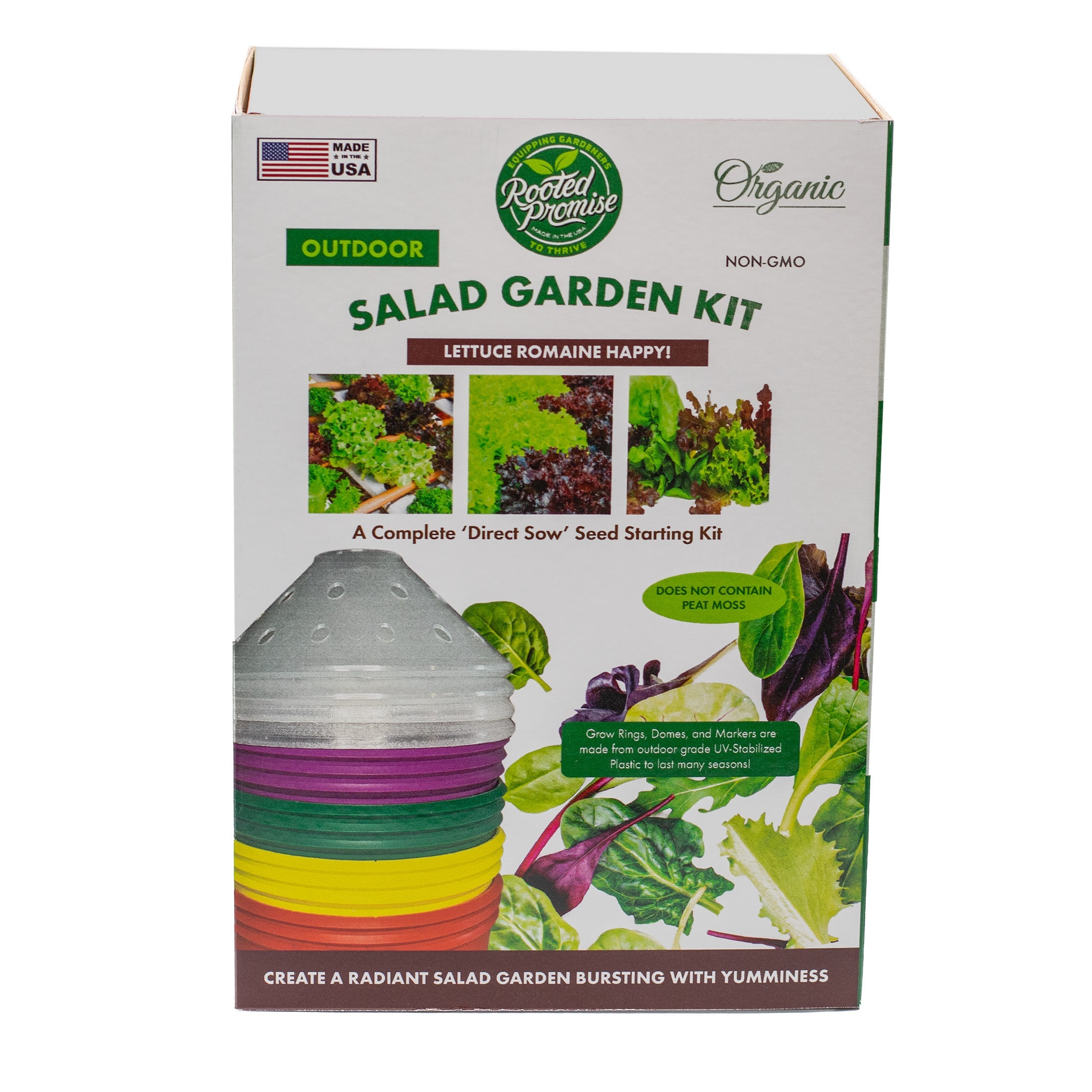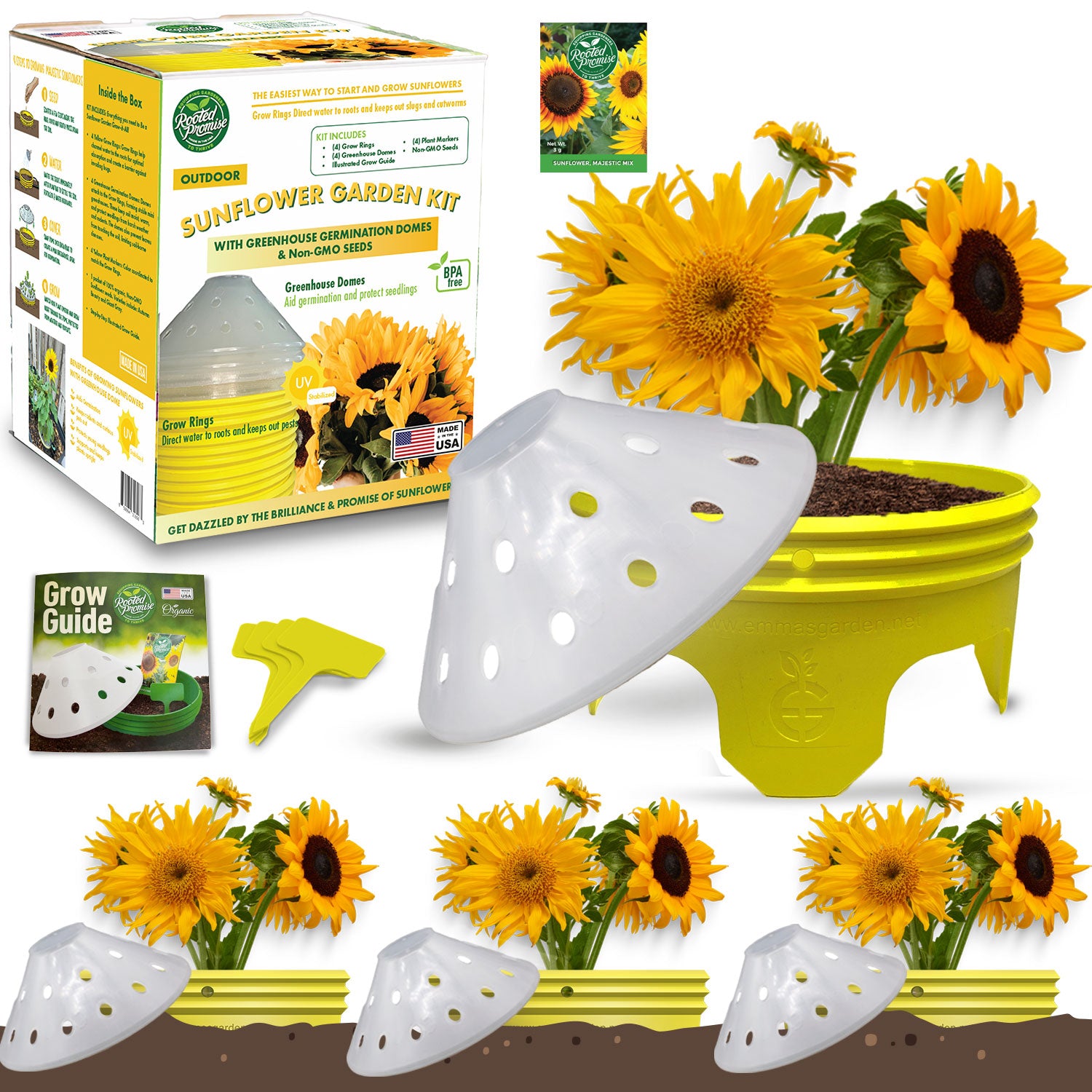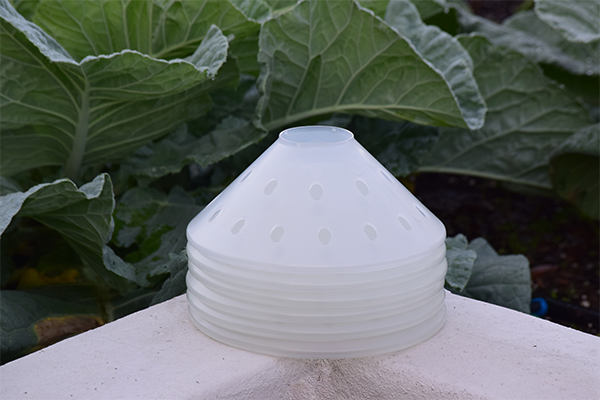Introduction
Roots are the unsung heroes beneath the surface of every thriving plant. As the foundation of plant life, they perform essential tasks that enable plants to grow, flourish, and sustain ecosystems. But what exactly are these crucial roles?
Imagine a skyscraper without a solid base—it would collapse. Similarly, roots are the bedrock upon which plants build their lives. This article delves into the four indispensable purposes of roots, shedding light on their significance and functionality.
Table of content
-
The Anchor: Stability and Support
-
The Sponge: Absorbing Water and Nutrients
-
The Pantry: Storage of Food and Nutrients
-
The Network: Symbiotic Relationships
The Anchor: Stability and Support
Roots serve as the **anchor** of a plant, providing stability and support. Just as a ship's anchor prevents it from drifting away with the tides, roots keep plants firmly grounded. This stability is vital for the plant to withstand natural forces such as wind and rain.
Deep-Rooted Security
The deeper and more extensive the root system, the sturdier the plant. For instance, trees like oaks have deep taproots that can extend several feet into the soil, securing them against powerful storms. This anchoring mechanism is crucial for both small garden plants and towering forest giants alike.
The Sponge: Absorbing Water and Nutrients
Roots act as nature's **sponges**, absorbing water and essential minerals from the soil. Just like a sponge soaks up liquid to its maximum capacity, roots draw in moisture and nutrients required for photosynthesis and growth. Ensuring water reaches the roots is extremely important. When water is applied directly to the root zone, plants can absorb it more efficiently, promoting stronger root systems and overall plant health.
If water doesn't reach the roots, plants can suffer from stress, leading to wilting, yellowing leaves, stunted growth, and a reduced ability to resist pests and diseases. Over time, inadequate watering can weaken plants, making them more susceptible to environmental stresses and less productive.
Direct watering also helps to avoid water wastage and reduces the risk of fungal diseases that can develop when foliage is kept too wet. By focusing on the root zone, gardeners can ensure that their plants receive the right amount of water where it's needed most, leading to healthier, more resilient gardens.
We at Rooted Promise realized that many gardeners struggle to get water directly to roots. Often, water spreads out rather than down which is why we created our patented Grow Rings. These rings ensure water is driven directly to the root zone, helping your garden flourish.

Nutrient Uptake
This process involves a complex network of root hairs that increase the surface area for absorption. These tiny extensions penetrate the soil, capturing water and dissolved minerals such as nitrogen, phosphorus, and potassium—key elements for healthy plant development. According to the [United States Department of Agriculture](https://www.usda.gov/), nutrient uptake through roots is fundamental for crop yield and quality.
The Pantry: Storage of Food and Nutrients
Roots also serve as a **pantry**, storing food and nutrients for future use. Similar to how squirrels hoard nuts for winter, plants store excess carbohydrates in their roots to survive periods of dormancy or adverse conditions.
Energy Reserves
Plants like carrots, beets, and sweet potatoes are prime examples of this function. These storage roots contain significant amounts of starches and sugars, which can be converted back into energy when needed. This mechanism is not only vital for the plant’s survival but also beneficial for humans who consume these nutrient-rich roots.
The Network: Symbiotic Relationships
Roots form a **network** of symbiotic relationships with microorganisms in the soil. Think of it as an underground social network where mutual benefits are exchanged.
Mycorrhizal Partnerships
One notable example is the mycorrhizal association between fungi and plant roots. The fungi enhance nutrient absorption capabilities by extending their hyphae far beyond the root zone, while receiving carbohydrates from the plant in return. This harmonious relationship boosts plant health and soil fertility, as detailed by [North Carolina State University](https://cals.ncsu.edu/).
Key Takeaways
- Roots provide **stability** and **support**.
- They absorb **water** and **nutrients** necessary for growth.
- Roots store **food** and **energy** reserves.
- They establish **symbiotic relationships** with soil microorganisms to enhance nutrient uptake.
FAQ Section
Why are roots important for plants?
Roots are crucial for anchoring plants, absorbing water and nutrients, storing food, and facilitating symbiotic relationships with soil microorganisms.
Do all plants have the same type of roots?
No, different plants have various types of root systems such as taproots, fibrous roots, and adventitious roots, each serving specific functions.
How do roots contribute to soil health?
Roots improve soil structure, increase organic matter through root decay, and foster beneficial microbial activity.
Conclusion
In essence, roots are the lifeline of plants, performing multifaceted roles that ensure survival and prosperity. From acting as steadfast anchors to becoming nutrient sponges and storage units, roots exemplify nature's ingenuity at its finest.
The next time you admire a flourishing garden or a mighty tree, remember that its true strength lies beneath the surface, hidden yet indispensable. As we continue to study and understand these subterranean marvels, we unlock new insights into plant biology that can revolutionize agriculture and horticulture. With this newfound appreciation, let us cherish and nurture our green companions from root to leaf.










